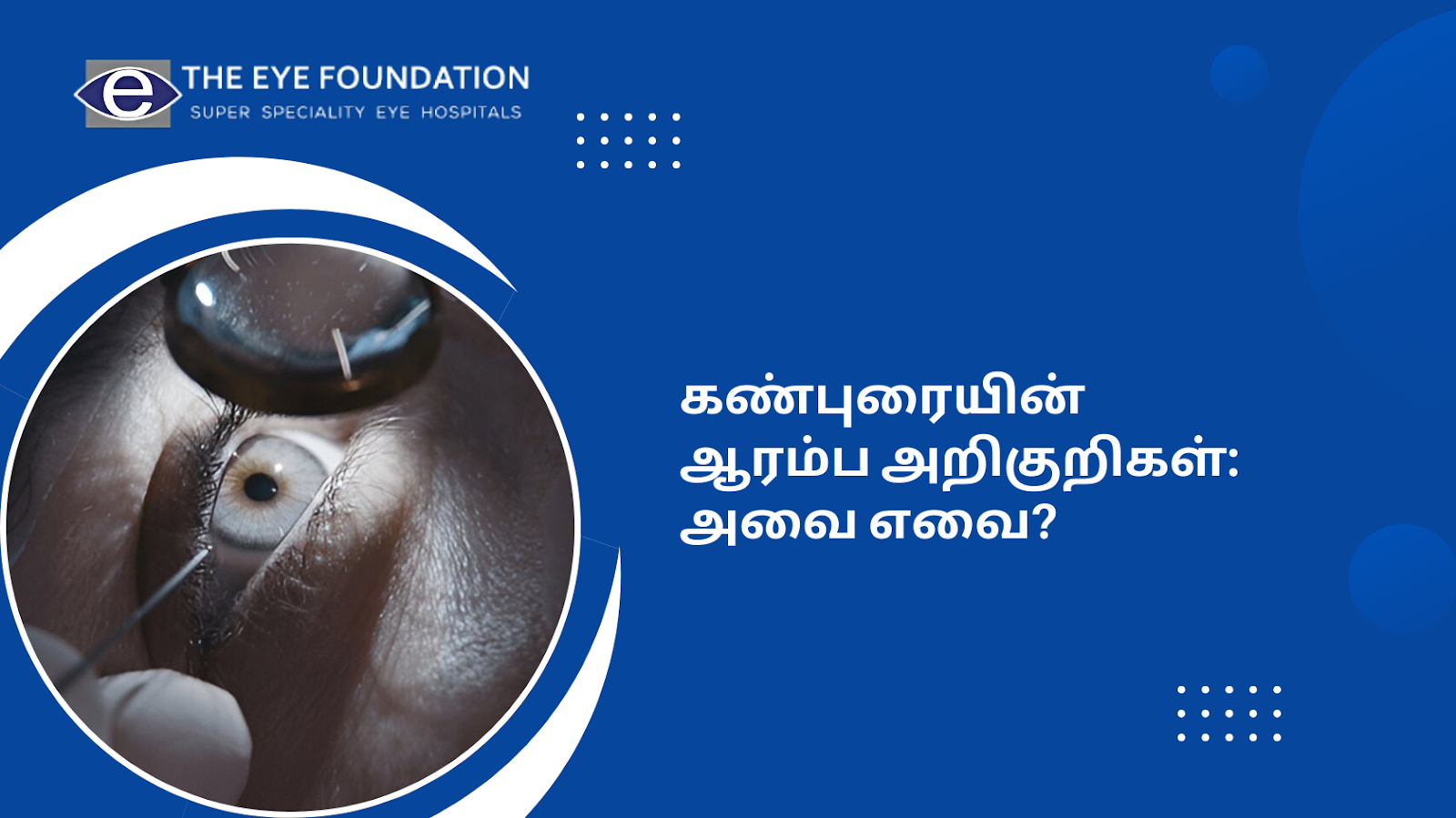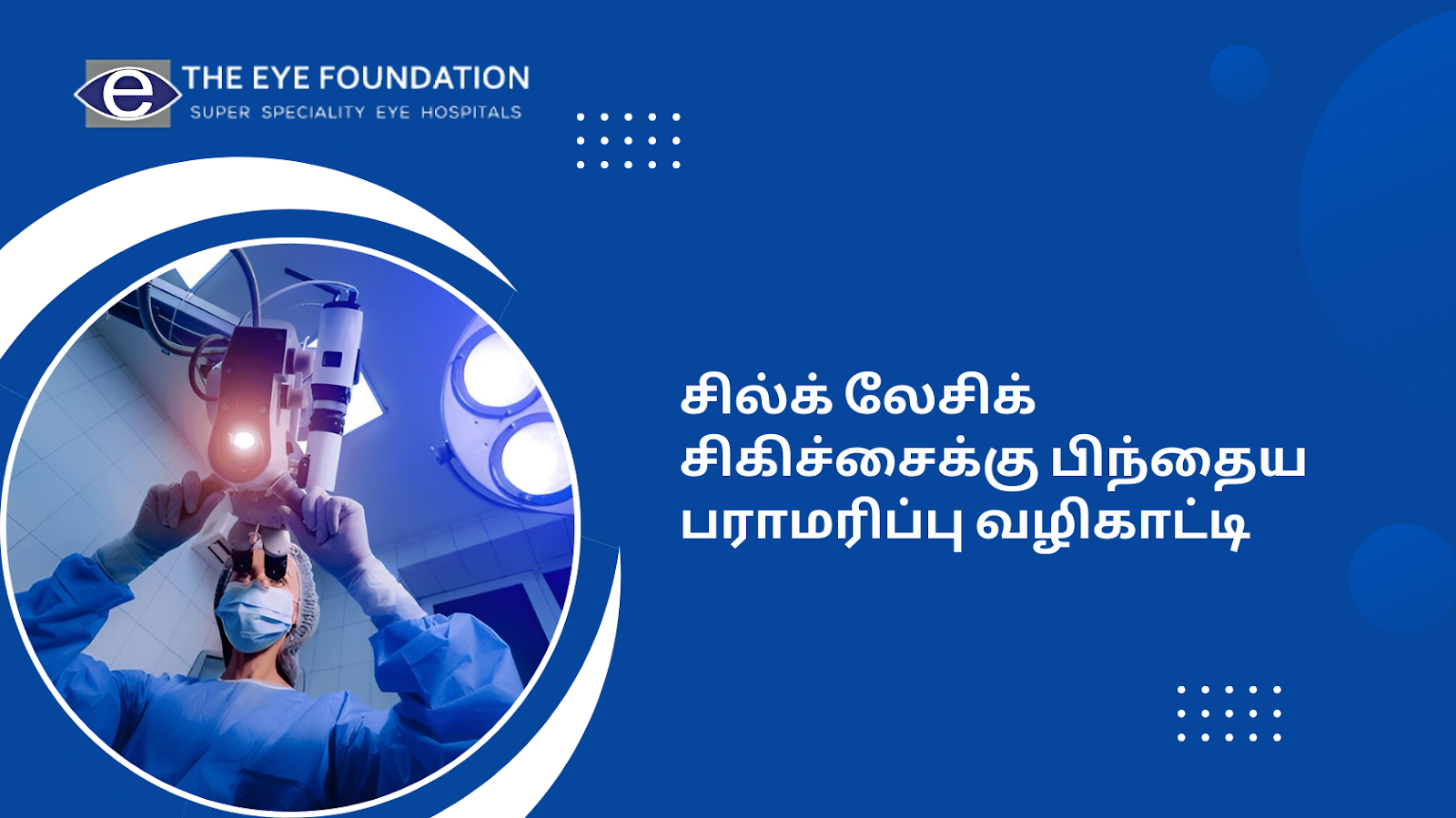We have heard of dry eyes and corneal disorders as two distinct conditions, but they are very much related. Some patients develop dry eyes as a primary problem, and others observe it as a complication accompanied by corneal problems. Knowledge of these conditions and how they coexist is important in controlling the signs and symptoms and promoting ocular health.
Understanding Dry Eye Syndrome
Dry eye syndrome is a disease of the lacrimal functional unit in which the tear production is either insufficient or the tears evaporate rapidly from the ocular surface. This may cause inflammation, itchiness, a feeling of sand in the eyes and, in extreme cases, blurry vision. Tears are necessary because they act as lubricants that help to keep the eye surface moist, fed and protected. If tear production is insufficient or if there is an imbalance in the tear composition the eye is exposed to a variety of problems such as increased vulnerability to damage and irritation.
Overview of Corneal Disorders
The cornea is the clear outer layer that covers the front part of the eye like a transparent dome and is also a major element of the eye’s refractive system because it helps to focus light onto the retina. However, the cornea is not immune to several diseases such as keratitis- inflammation of the cornea, keratoconus- thinning of the corneal tissue, and corneal dystrophy- inherited disorder of the cornea. These conditions can cause such effects as impaired vision, photophobia, and, of course, dry eye manifestations. Due to the fact that the cornea is avascular and depends on the tear film for protection and nutrition, changes in tear film composition will also affect the corneal status and vice versa.
How Dry Eyes Affect Corneal Health
Dry eyes can also affect the cornea by starving it of moisture and nutrients which can cause discomfort and, in the long run, harm. If the tear film is insufficient, the cornea is exposed to irritants, bacteria and infections much easier. Long-standing dryness results in microscopic abrasion of the corneal surface with subsequent inflammation and, in cases of severe dryness, the formation of scar tissue. Chronic dry eye leads to the cornea becoming irregular and vision degrading, and the eye cannot as readily repair itself from minor injuries or infections.
Corneal Disorders That Can Cause or Exacerbate Dry Eyes
Some types of corneal diseases can lead to or exacerbate dry eyes, which means that the problem becomes cyclical. For example:
- Keratitis: This inflammation of the cornea can be caused by infections, allergens or through the use of contact lenses. Keratitis causes the eye to become drier because the inflamed corneal cells alter the tear film.
- Keratoconus: This condition results in corneal thinning and protrusion to form a cone-like shape away from the normal corneal shape. As a result of this structural change, the tear film is unlikely to spread uniformly over the surface of the eye which can cause dryness.
- Corneal Dystrophies: Such genetic disorders as Fuchs’ dystrophy lead to accumulation of the liquid and death of cells in the cornea. In the long run, they cause corneal surface abnormalities whereby tears struggle to remain on the surface of the eye, worsening dry eye.
Risk Factors and Contributing Factors
Both age and gender can influence dry eyes and corneal disorders and the environment may also be a factor. Tear production, which is a natural process, also decreases with age; therefore, elderly people are more likely to develop dry eyes. Hormonal changes for instance in women, can also cause this problem to occur or be aggravated. Wind, smoke, and the time spent on the screen, for instance, exert pressure on the eyes and make the air even drier. Further, contact lens wear and refractive surgeries like LASIK might exacerbate the problem and lead to dry eye and other corneal issues.
Diagnosis and Symptoms Overlap
The differential diagnosis of dry eyes and corneal disorders can be difficult because the signs and symptoms are similar. Both have symptoms like hazy vision, redness and a feeling of sand in the eyes. Eye specialists may perform some tests such as Schirmer test (to determine tear production), fluorescein staining (to check for corneal surface abnormality) and corneal topography (to map the cornea). Correct diagnosis is crucial in the treatment of both dry eye disease and corneal diseases.
Treatment Options and Management
The treatment of dry eyes and corneal disorders depends on the degree of each and how they affect one another. Here are some effective management strategies:
- Artificial Tears and Lubricants: Artificial tears can be purchased without a prescription and provide relief for eye dryness and reduce the rubbing on the cornea.
- Prescription Eye Drops: In other severe cases of dry eye, your doctor may prescribe eye drops that contain cyclosporine to help decrease inflammation and increase tear production.
- Specialty Contact Lenses: For such conditions as keratoconus, the use of specialty contact lenses (for example, scleral lenses) will enhance vision and minimize dryness by creating a layer of tears on the surface of the eye.
- Punctal Plugs: Tear drains are blocked by placing tiny appliances in the tear ducts so that the tears remain on the eye for a longer time.
- Treating Underlying Conditions: Treating the underlying cause of the corneal disorder, be it by the use of drugs, operation or change of some practices can also help in the management of dryness.
Preventive Measures
It is important to stress that a healthy lifestyle and environment can help decrease the risk of dry eye and corneal diseases. Here are a few preventive steps:
- Avoid Environmental Triggers: Carry vaporizers in dry areas and wear goggles to protect your eyes from blowing winds and dust.
- Take Breaks from Screens: The 20-20-20 rule is where you look at an object that is 20 feet away every 20 minutes for 20 seconds; this is useful in reducing eye strain and encouraging tear production.
- Maintain Good Eye Hygiene: Do not rub your eyes, especially if you are a contact lens wearer as this will introduce bacteria and irritants into the cornea.
- Stay Hydrated and Eat Well: Omega-3 fatty acids and adequate water intake can help in maintaining healthy tear production and the eyes.
Knowing the correlation between dry eyes and corneal disorders will help you adopt better approaches towards treatment and control. If one is affected the other is also and therefore to manage both in a treatment plan means that comfort and eyes are improved. At The Eye Foundation, we have a unique approach to treating these conditions because they are related and often coexist.
Book your appointment today to explore how we can support your eye health journey.






